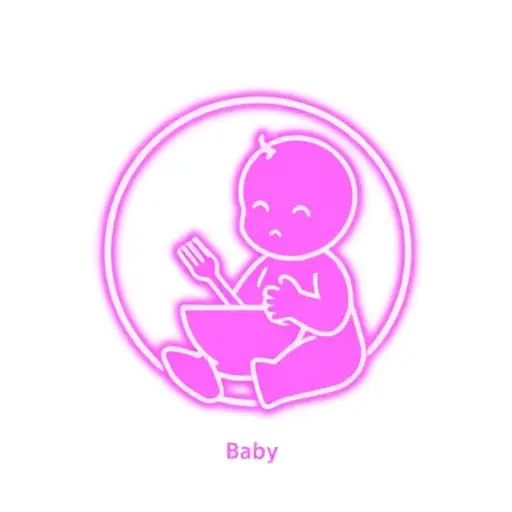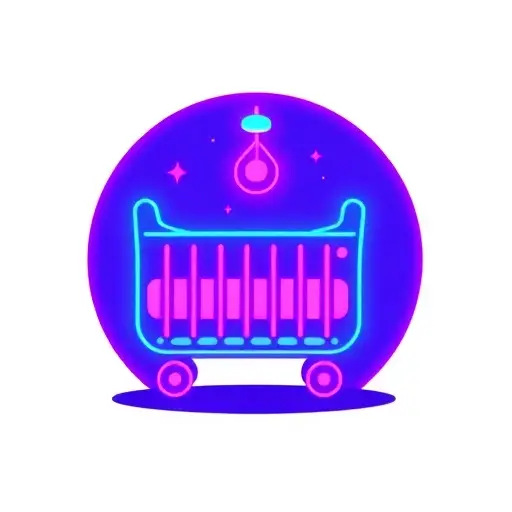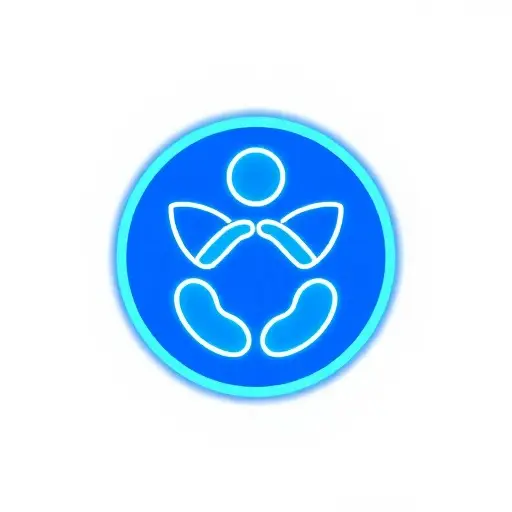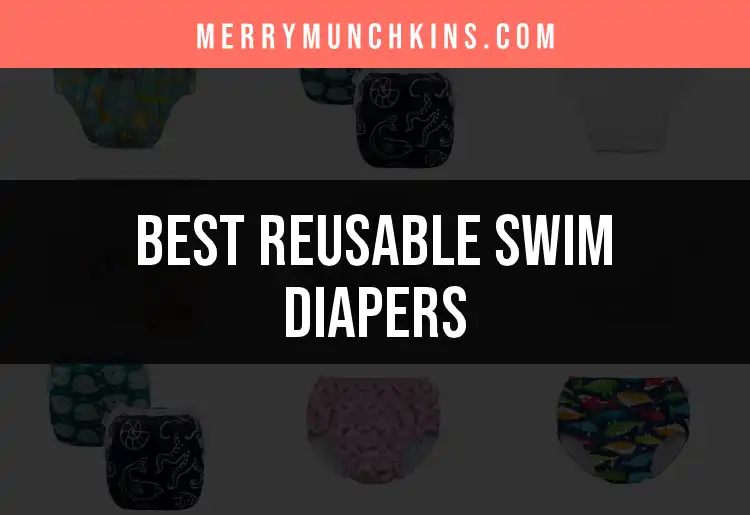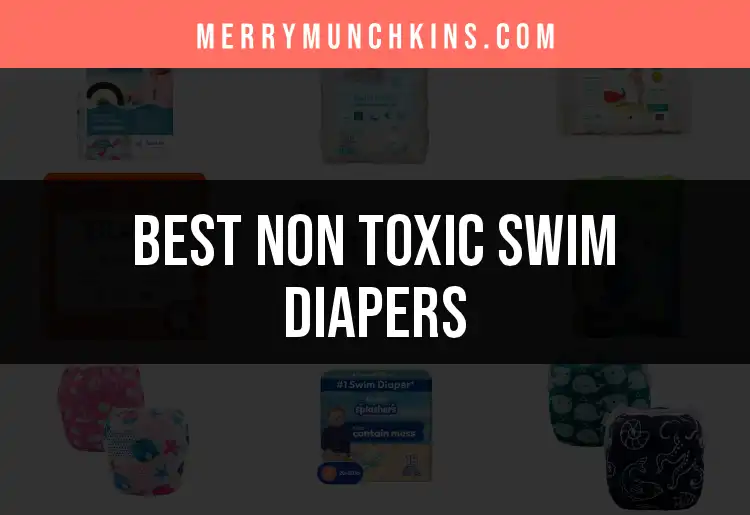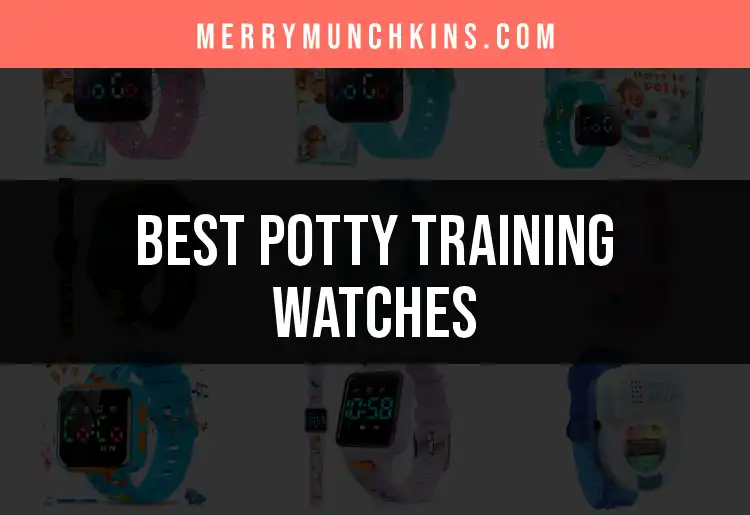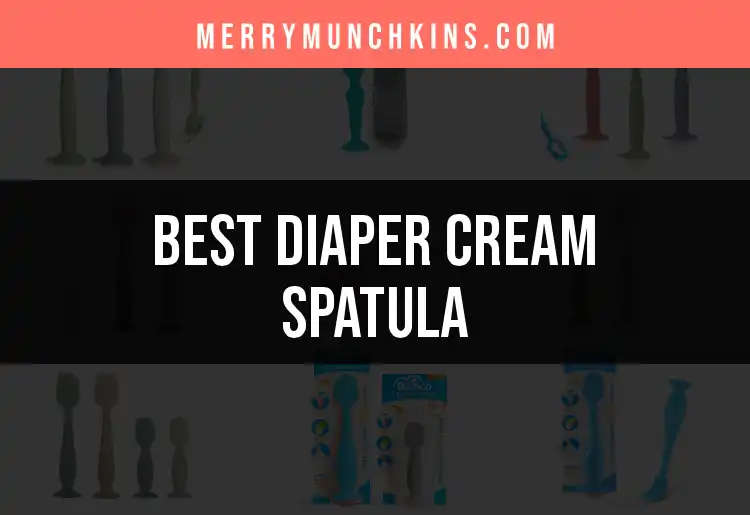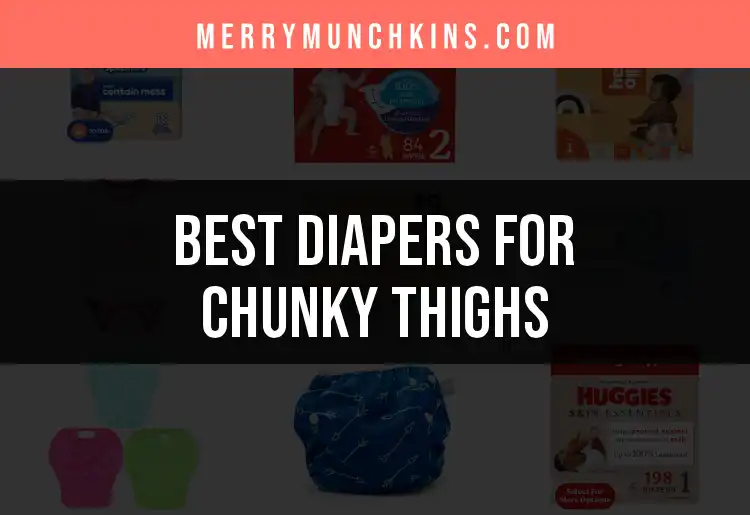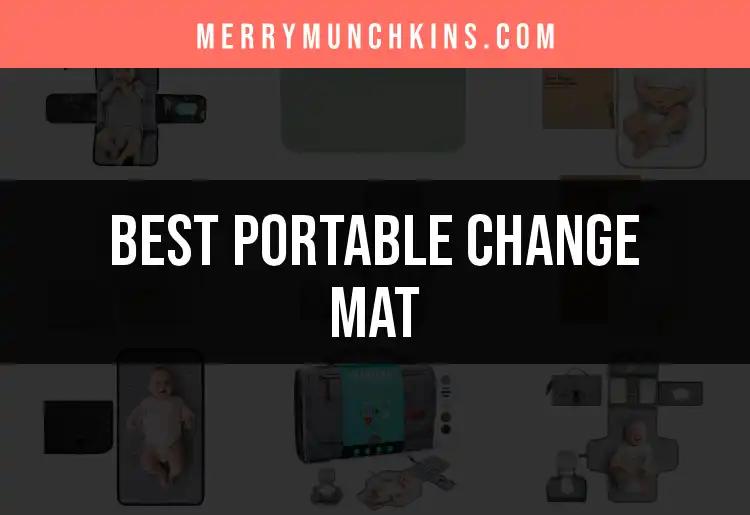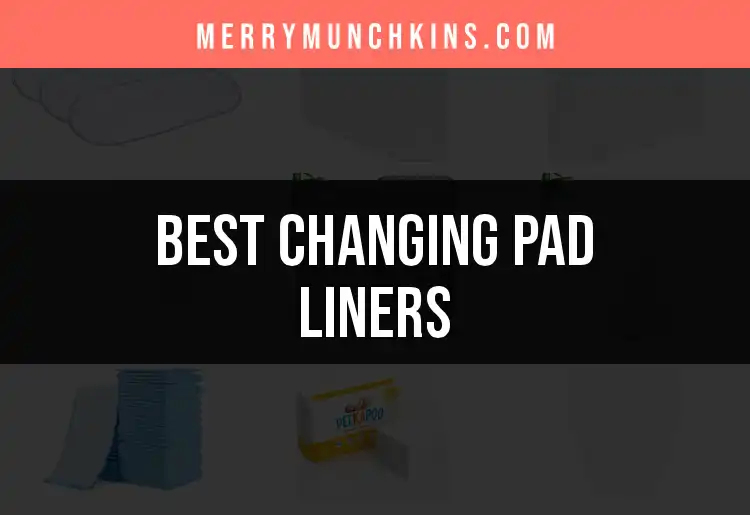Introduction to Diapers
Modern parents face an overwhelming array of choices for diapering their babies, and for good reason: the right diapering strategy can foster healthy skin, support normal development, and bring peace of mind. Properly chosen and organized diapering supplies aren't just about cleanliness—they set the tone for baby's comfort and the family's daily routine. From cloth diapers' resurgence to innovative eco-friendly disposables, the evolution of diapers has made this everyday necessity a sophisticated science.
Types of Diapers
Disposable Diapers
Disposable diapers remain the most popular choice thanks to their convenience, absorbency, and leak protection. They often feature moisture-wicking linings, elasticized edges, and advanced gel cores for extended dryness. Because these are single-use, they spare caregivers the demands of laundry.
Key features to look for:
- High absorbency for overnight protection
- Wetness indicators to simplify changes
- Breathable and hypoallergenic materials, especially for sensitive skin
Top brands continually innovate, offering options for every stage from newborn to toddler. Parents wanting to explore accessories that make changes easier should check out how organizing all your essentials with a diaper caddy can simplify day-to-day diapering.
Cloth Diapers
Modern cloth diapers have come a long way from the folded gauze and safety pins of the past. Today's cloth options are available as all-in-ones, pocket, fitted, and prefold varieties.
Advantages:
- Cost-effective over time
- Eco-friendly, generating less landfill waste
- Gentle, chemical-free fibers
Things to consider:
- More frequent changes (since they're less absorbent than disposables)
- Upfront investment in both diapers and washing supplies
- Learning curve in fit and laundering
Many families store their cloth diapers and accessories efficiently by using a versatile diaper caddy or customizable diaper cart for easy access.
Hybrid Diapers
Hybrids blend disposable and reusable elements—reusable covers with compostable or flushable inserts. They're designed for families who want a lower environmental impact without the full commitment of cloth.
Specialty Diapers for Sensitive Skin
Whether disposable or cloth, sensitivity-friendly diapers avoid common irritants like latex, fragrances, and bleaching agents. Parents facing frequent rashes often discover that specialized pull-ups or diapers formulated for sensitivity, such as gentle pull-ups for delicate skin, can make a dramatic difference.
Diaper Accessories and Storage Solutions
Diaper Caddy
A well-organized diaper caddy keeps wipes, creams, spare outfits, and diapers neatly in arm’s reach at changing stations or on the go. The best caddies are lightweight yet sturdy, with adjustable dividers, multiple pockets, and easy-grip handles. Using a caddy naturally encourages you to sort items by frequency of use, making every change smoother and faster.
Diaper Bags and Carriers
For parents of multiples, backpack diaper bags designed for twins make it possible to carry double the supplies without double the chaos. Look for features such as:
- Wide, padded straps for weight distribution
- Extra-large main compartments
- Bottle holders and insulated pockets
- Easy-to-clean, wipeable linings
Staying organized outside the home is easier with diaper bags tailored for multiple children—and for extra home storage, adding a flexible diaper cart allows everything to be wheeled wherever you need it.
Diaper Carts
A clever diaper cart system acts as a dedicated diapering station you can move from nursery to living room or bathroom. Tiered rolling carts provide visible storage and customizable compartments, making it simple to keep diapers, wipes, toys, and creams organized and at eye level. Many caregivers personalize their diaper carts for specific tasks, such as a nighttime-change station or toddler potty training hub.
Diapering Accessories
Nappy Covers
A nappy cover is essential for cloth diaper users, providing a waterproof barrier to prevent leaks and protect clothes and bedding. Today's options include:
- PUL (polyurethane laminate) covers: durable and water-resistant
- Wool covers: natural breathability and odor resistance
- Fleece covers: soft and comfortable for overnight
The best nappy covers feature adjustable snaps or hook-and-loop fasteners, elasticized waist and leg openings, and are easy to launder.
Diaper Rash Creams and Barrier Creams
Barrier creams offer protection from moisture and irritants, forming a shield that keeps baby's skin comfortable. Look for zinc oxide or petroleum-based products, which create a robust barrier on sensitive skin.
Disposable vs. Reusable Wipes
Wipes are indispensable for every change. Some parents prefer disposable wipes for their convenience, while others opt for reusable cloth wipes with homemade or natural cleansing solutions.
Wipes for Potty Training
The transition from diapers to underwear is smoother with gentle, fragrance-free wipes, such as those recommended in a roundup of the best wipes for potty training. The right wipes are not just for cleanliness—they foster independence and confidence in toddlers, too.
Non-Toxic Baby Products
Parents are increasingly conscious about exposure to chemicals. By choosing non-toxic pull-ups and chemical-free training pants, families can minimize babies’ contact with parabens, phthalates, and other potentially hazardous substances.
Features of non-toxic diapers and pull-ups:
- Plant-derived fibers and dyes
- Chlorine-free, fragrance-free materials
- Certification by reputable eco and safety organizations
Training and Transition Tools
Potty Training
A successful potty training journey usually starts with the right equipment. Toddlers gain confidence with a potty that suits their needs and a routine that fits the family’s schedule.
Potty Training Urinal
Boys often benefit from using a child-friendly training urinal, which is designed at their height and can attach to the bathroom wall. The best models:
- Feature splash guards and easy-remove bowls for quick cleaning
- Encourage proper aim and control
- Come in fun themes and colors to motivate reluctant learners
Training Pants
Transitioning from diapers means moving to training pants. The step is less dramatic when families choose safe, non-toxic training pants that are both absorbent and gentle.
When are training pants appropriate?
- When your child shows signs of readiness (stays dry for longer periods, shows interest in the potty)
- For naps and nighttime as you gradually move to underwear
Key features:
- Stretchy, pull-up design
- Side seams that rip for quick changes
- Absorbency for small accidents
Pull-Ups for Sensitive Skin
Pull-ups designed for sensitive skin make a huge difference for children prone to rashes. These pull-ups are crafted from hypoallergenic materials, skip harsh chemicals and fragrances, and prioritize softness. Look for certifications from dermatological associations for added peace of mind.
Specialty & Consideration Diapers
Diapers for Sensitive Skin
Babies with eczema or latex allergies need diapers free from fragrances, chlorine, and synthetic rubber. Seek out brands that publish ingredient lists transparently and offer ultra-soft linings.
Non-Toxic and Eco-Friendly Diapers
Eco-conscious parents focus on diapers made from sustainably grown bamboo, organic cotton, or plant-based materials. Compostable or biodegradable options reduce landfill load and often skip the most common chemical irritants.
Size and Fit: Growing with Your Baby
Babies grow fast, so regularly check diaper size. A diaper that fits properly leaves room at the waist and legs, covers the bottom comfortably, and fastens securely without red marks. Most brands offer detailed sizing charts by weight and age.
Diaper Disposal and Recycling
Proper disposal matters: single-use diapers require sealed pails or bins to trap odors, while cloth options demand a dedicated “wet bag” or diaper pail. For eco-minded families, some companies offer diaper recycling or composting services—look for these programs when possible.
How to Choose the Best Diaper for Your Baby
There’s no “one diaper fits all” solution. Families should weigh a variety of factors to make the best choice for their unique needs.
Consider:
- Absorbency: Ensures overnight dryness and prevents leaks
- Fit: Prevents blowouts and keeps baby comfortable
- Skin Sensitivity: Choose hypoallergenic or organic materials for rash-prone babies
- Cost: Reusables save money over time; disposables are more convenient but add up
- Environmental impact: Consider the product’s life cycle, from materials to disposal
The best way to discover your ideal system is trial and error—but curated guides to diaper caddies, diaper carts, and potty training wipes can help you source the right supplies from the start.
Additional Tips for Diapering Success
- Monitor wet and soiled diapers daily—regular output cues you into your baby’s hydration and health.
- Keep diapering supplies organized for quick, stress-free changes. Using a portable diaper caddy and a rolling cart system can be game changers.
- Diaper changes on the go are easier with a diaper bag built for twins or multiples, ensuring you never run short on clean supplies.
- During potty training, pick the right wipes for cleanup and consider a kid-sized urinal to make the process inviting for toddlers.
- For children with very sensitive skin, always use gentle, chemical-free pull-ups and training pants to prevent rashes.
Links to Related Topics
For readers wanting to dive deeper:
- See tips for organizing everything with a practical diaper caddy
- Discover how to maximize space with a rolling diaper cart
- Check out guidance on choosing the perfect nappy cover for leak protection
- Learn about wipes that support successful potty training
- Consider eco-friendly, non-toxic pull-ups
- Find chemical-free training pants for a gentle transition
- Explore the best urinal options for potty training
Trends and Innovations in Diapering
The diaper world is not standing still. Recent advancements include:
- Smart diapers with built-in wetness sensors that send alerts to your phone
- Eco-friendly manufacturing using renewable energy, recyclable packaging, and responsibly sourced fibers
- Increasing efforts in disposable diaper composting and recycling services
The global diaper market is a hotbed for invention, continually developing user-friendly and environmentally safer solutions.
Frequently Asked Questions About Diapers
How often should diapers be changed?
Babies should be changed every two to three hours during the day and anytime after a bowel movement to prevent discomfort and rash. For nighttime, high-absorbency options or double liners work best.
What are common signs of diaper rash?
Redness, puffy skin, or bumps in the diaper area. Consistent use of barrier creams or switching to hypoallergenic pull-ups often resolves or prevents issues.
Are cloth diapers better for the environment?
If laundered efficiently and used over several babies, cloth diapers reduce waste but do require water and energy. Eco-friendly disposables are a good middle ground for families who want a balance.
How do I start potty training?
Establish a routine, introduce the potty early, and provide the right equipment—such as easy-to-use potty training urinals and gentle potty training wipes.
What products are best for babies with sensitive skin?
Always choose non-toxic pull-ups, training pants free from harsh chemicals, and avoid diapers with fragrances or unnecessary additives.


